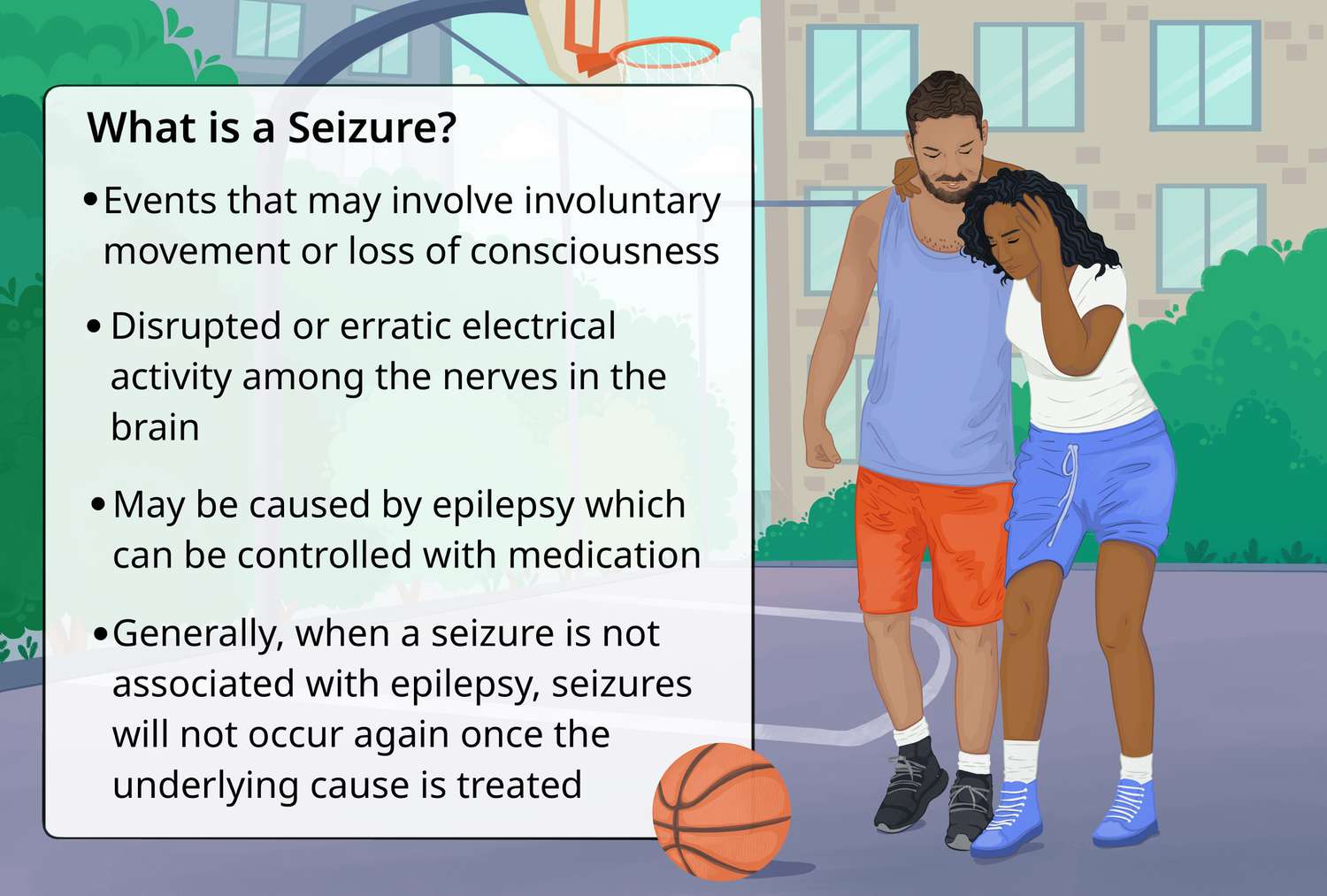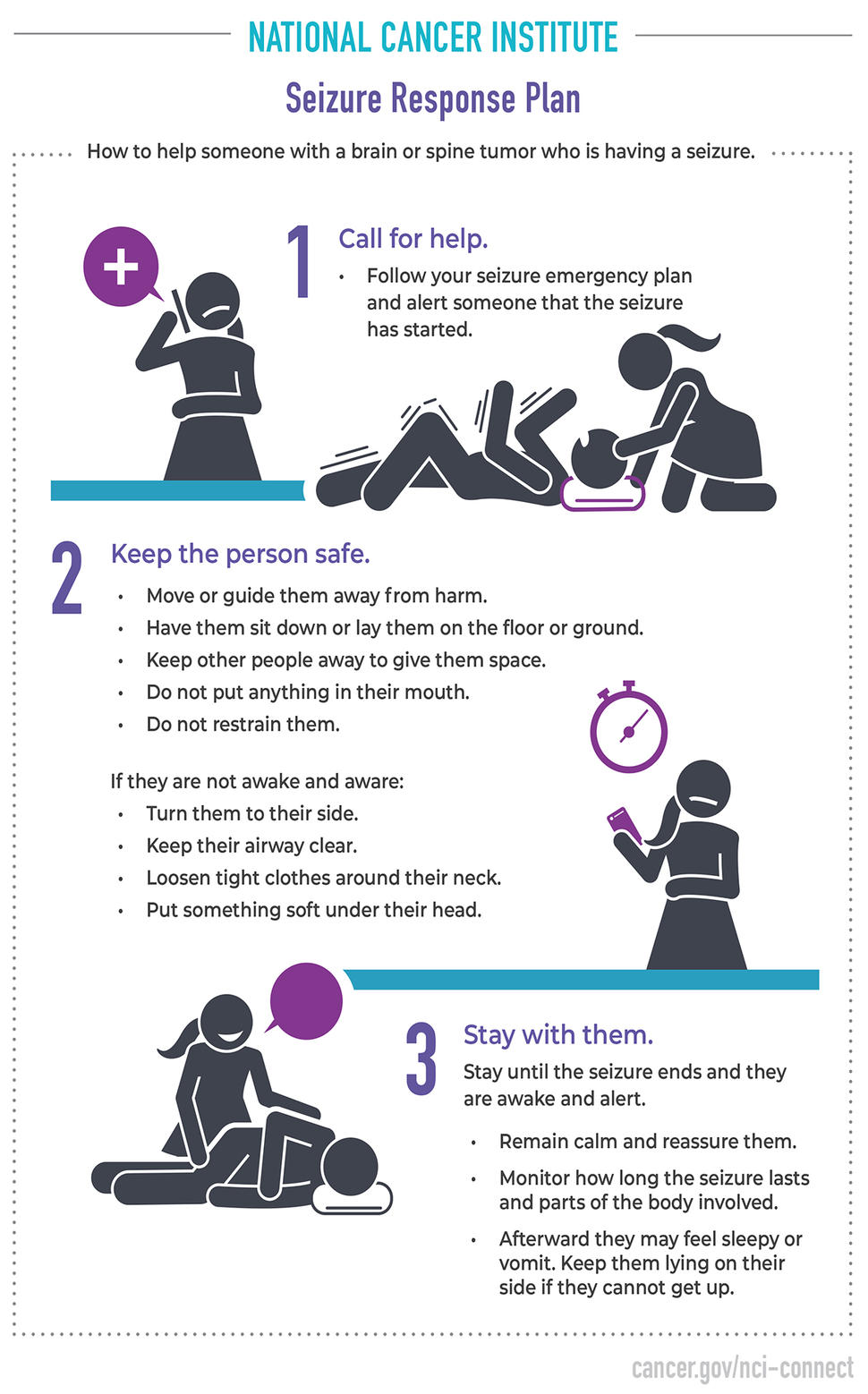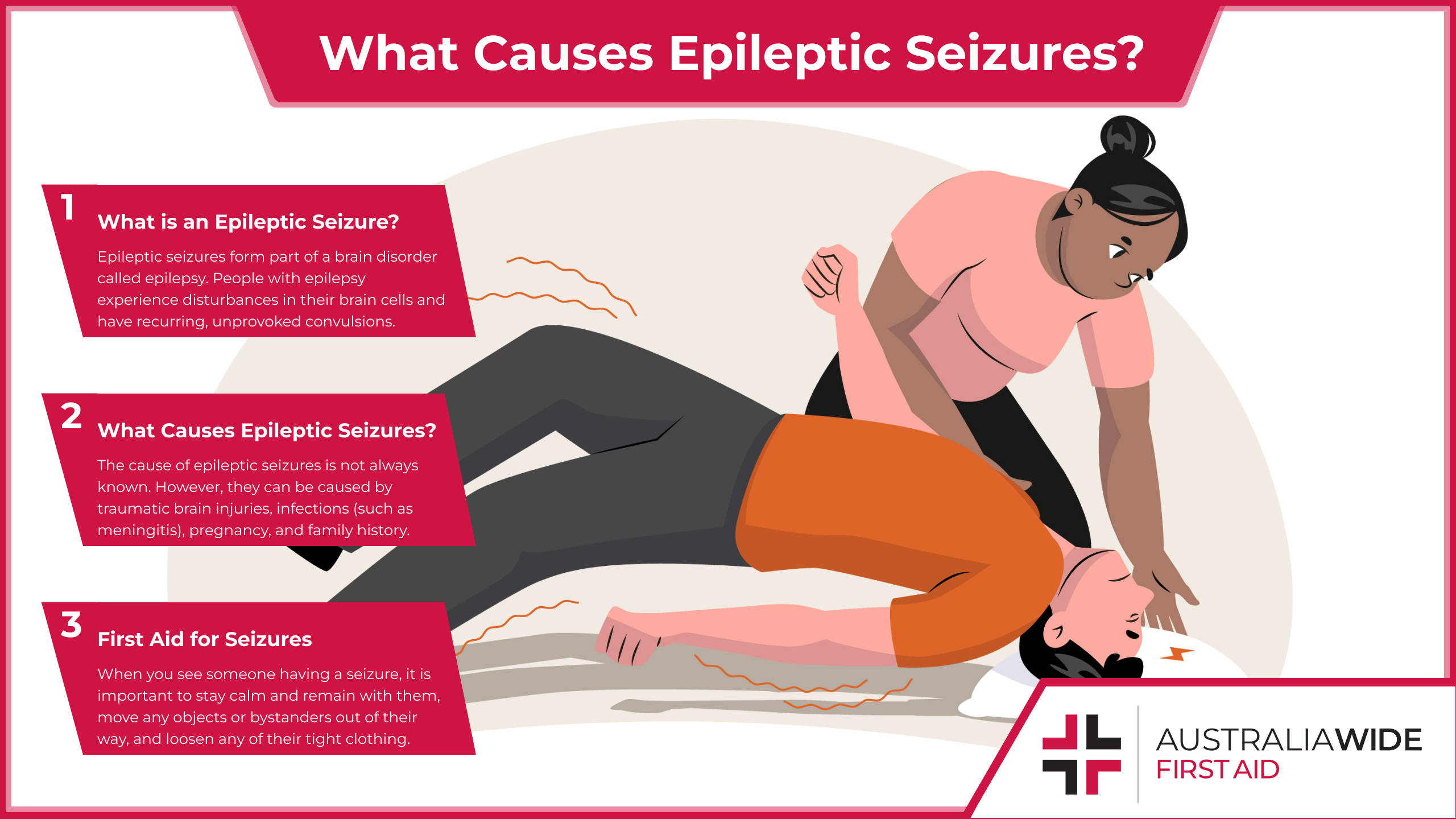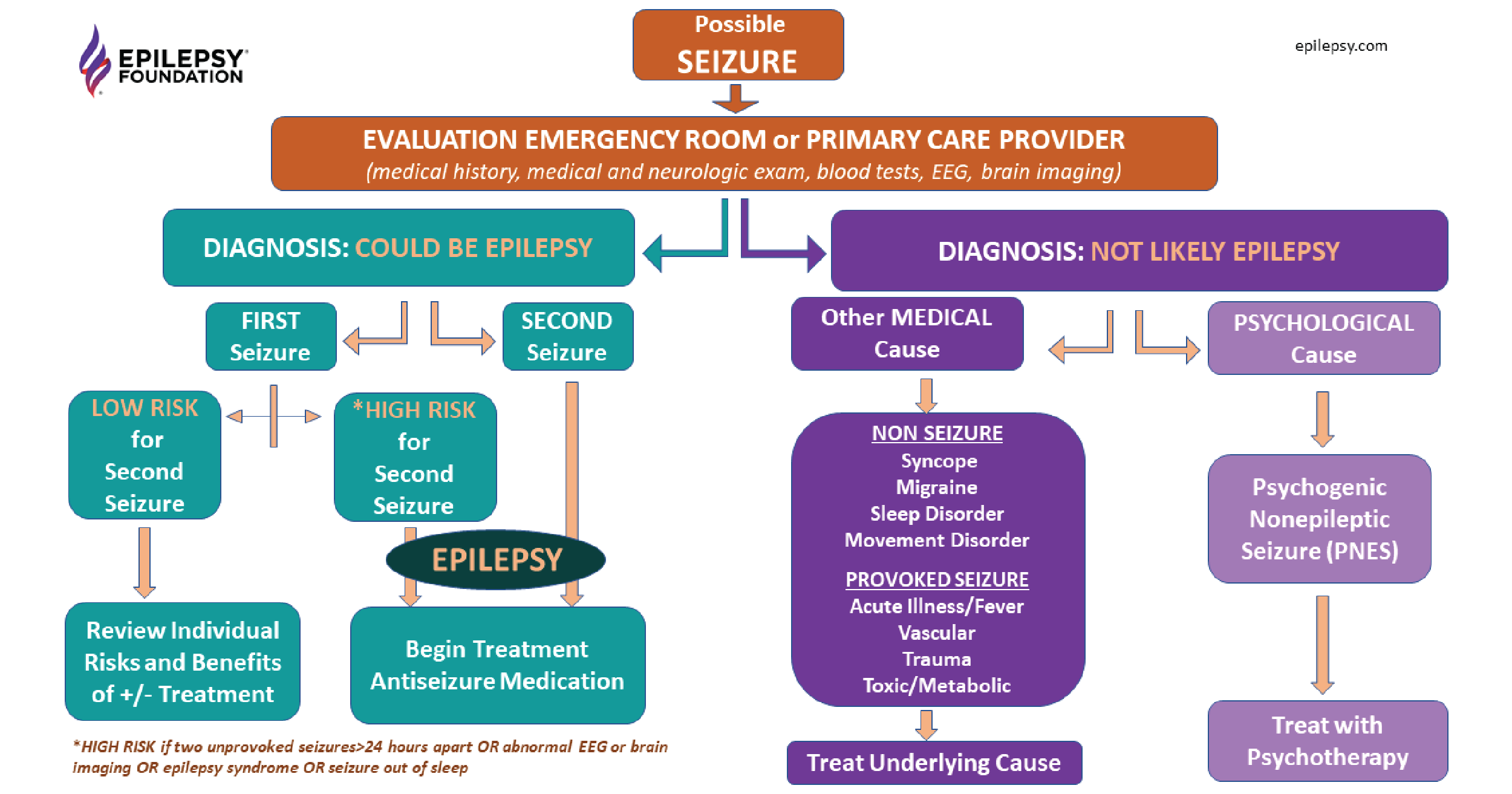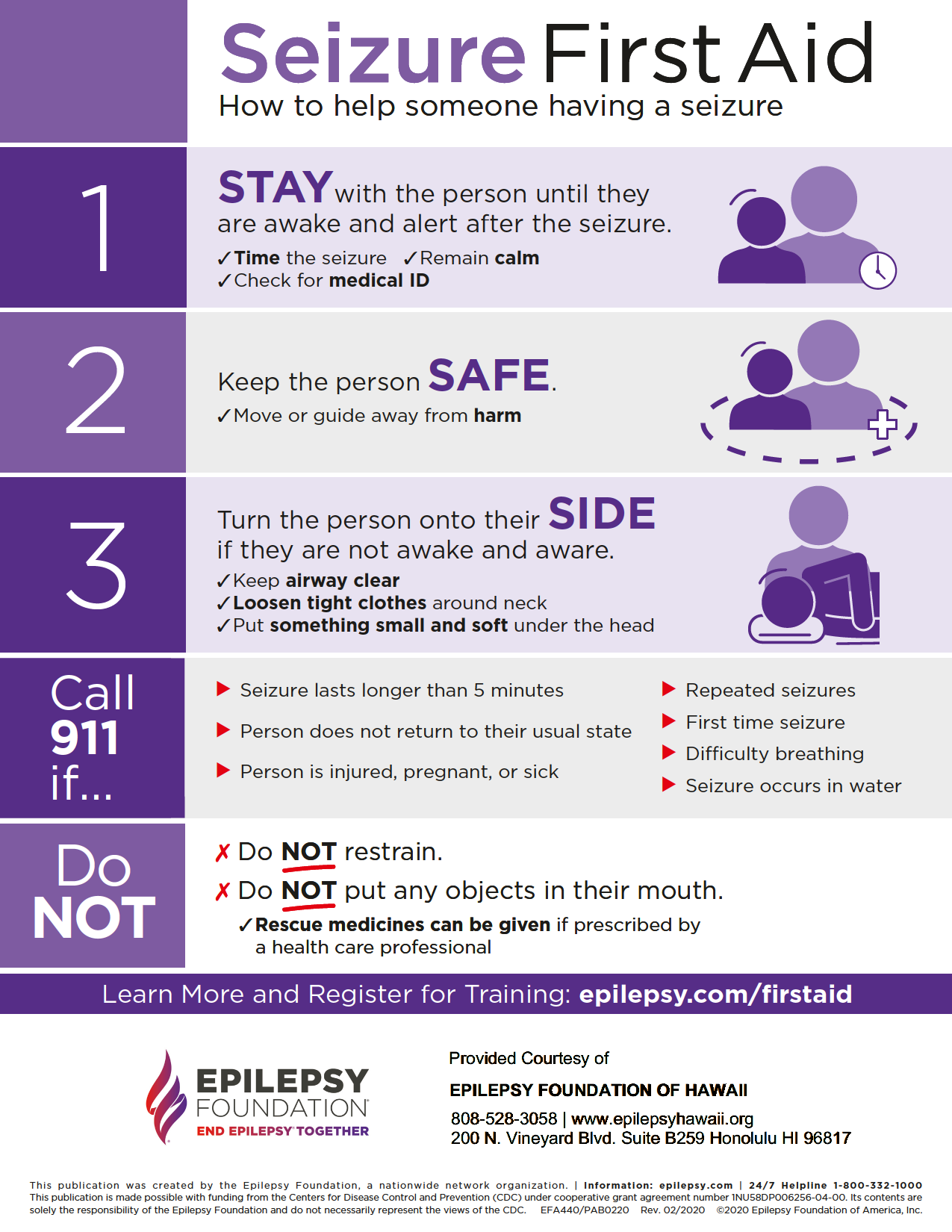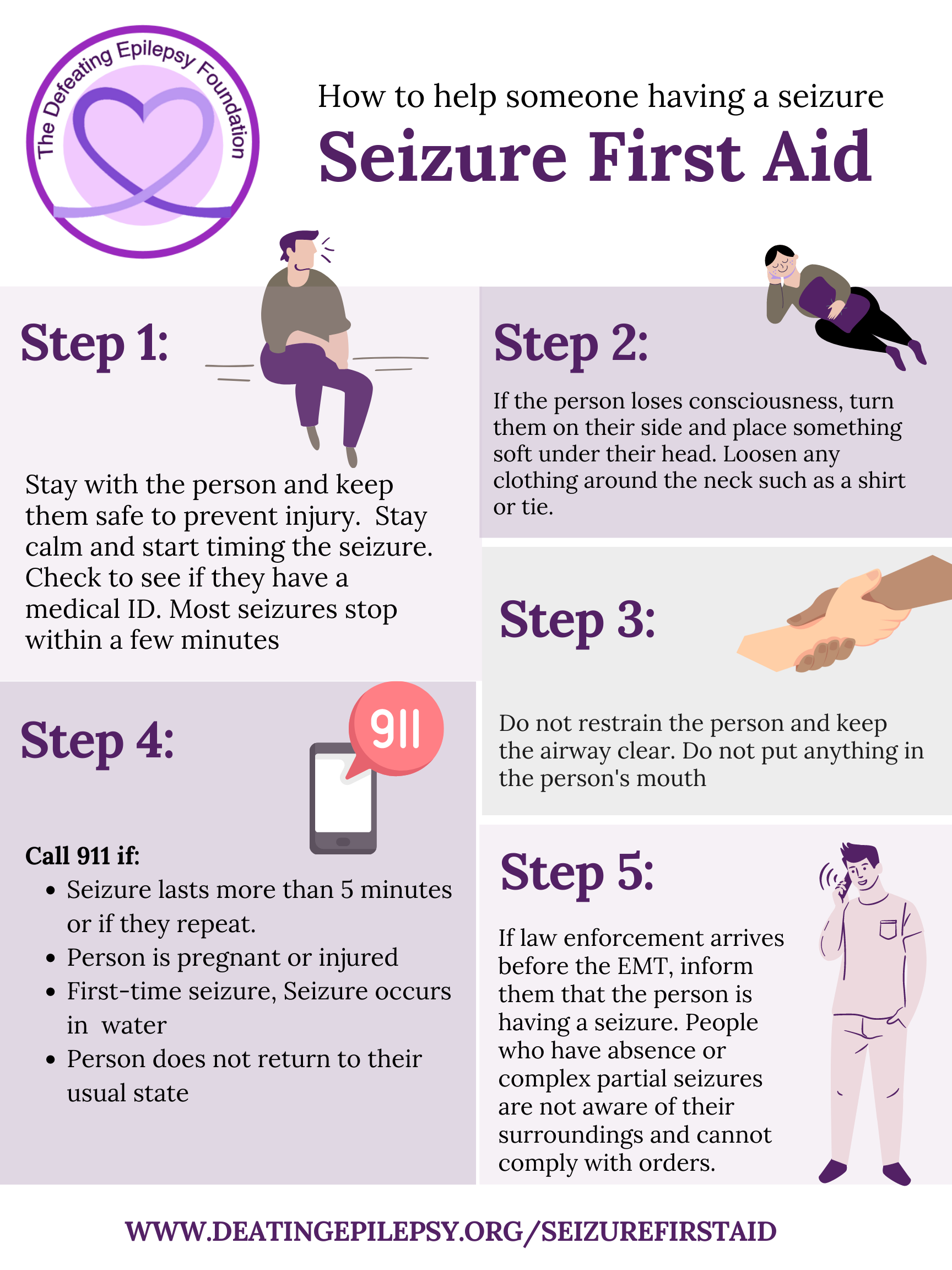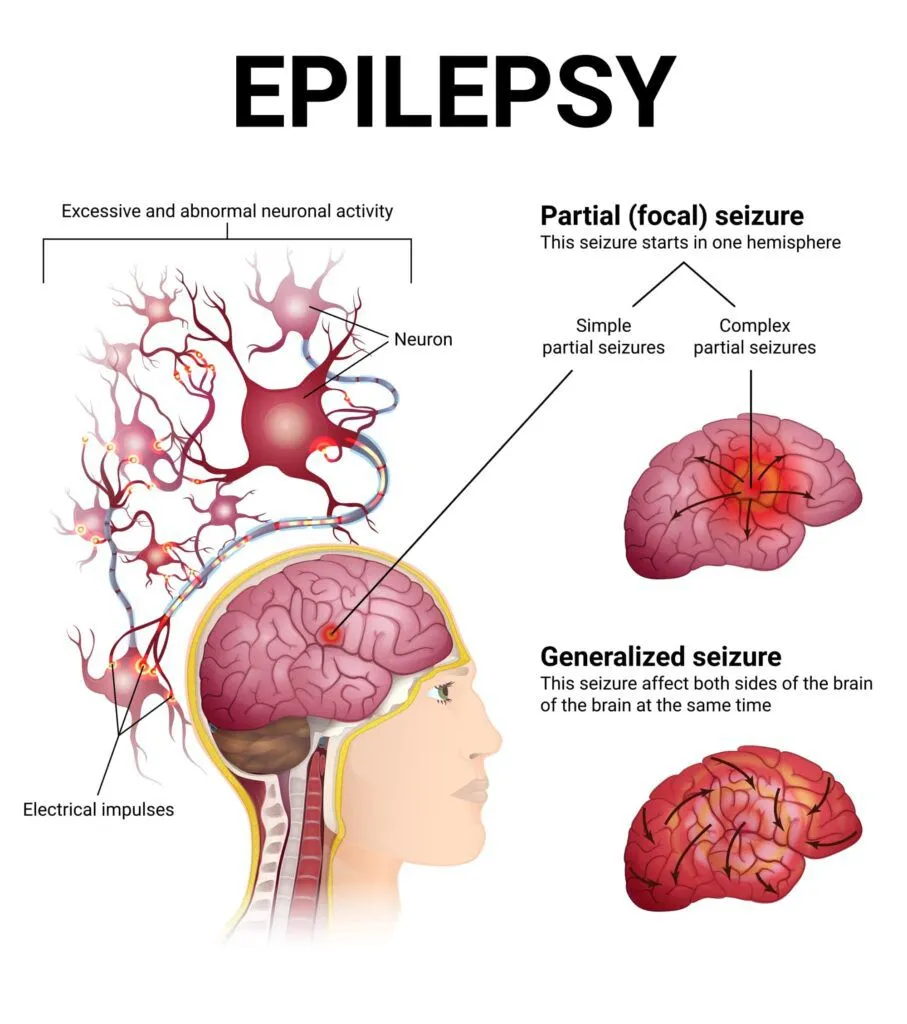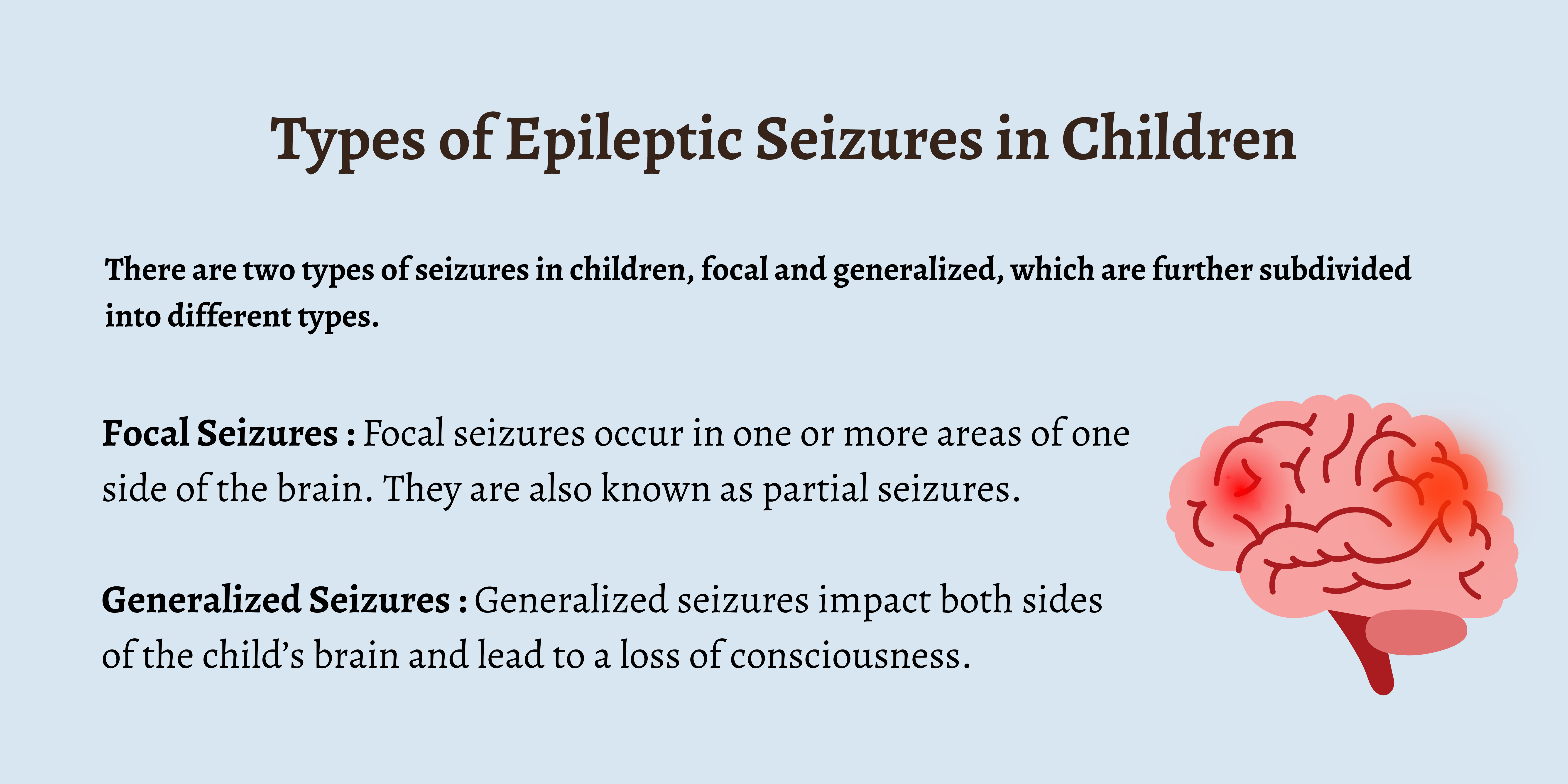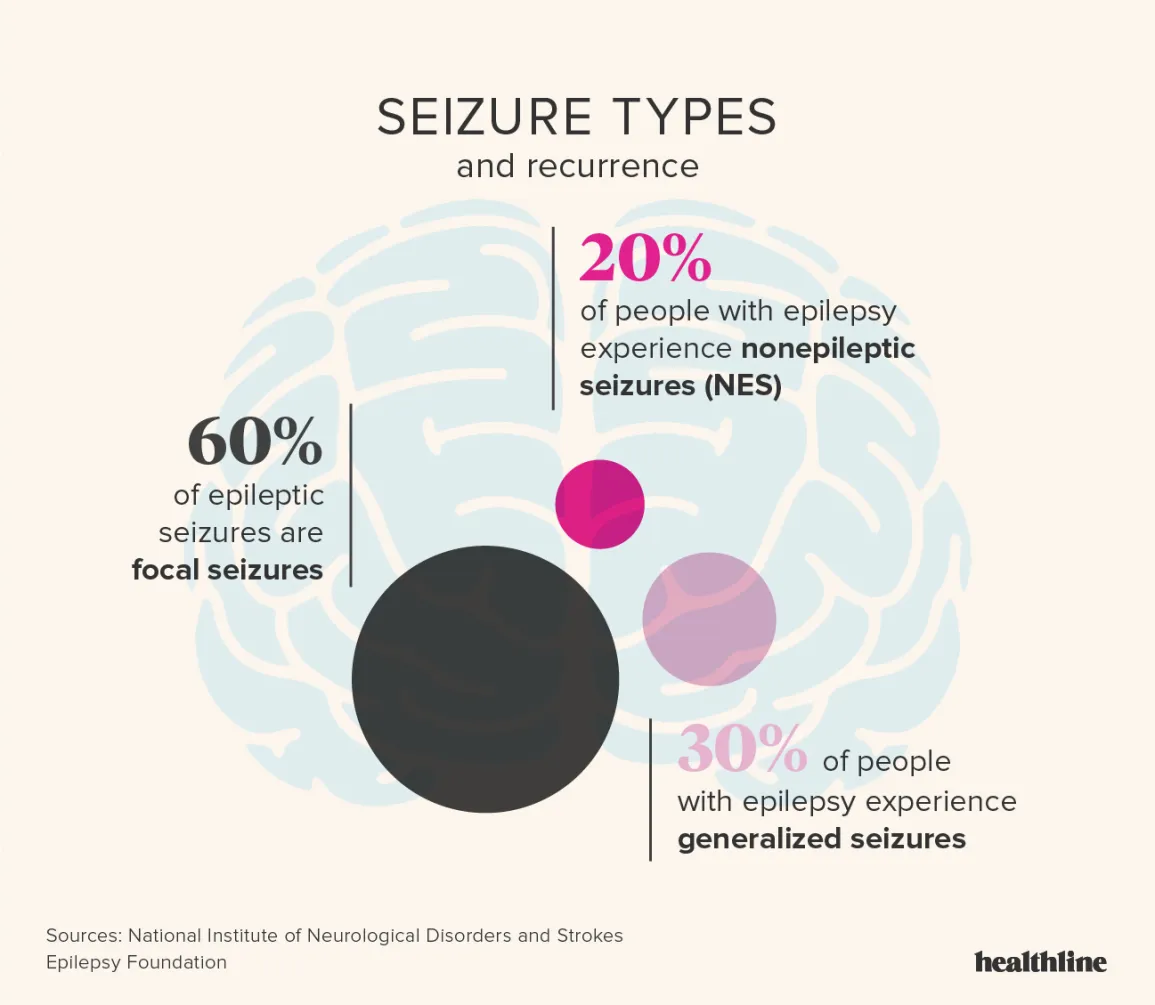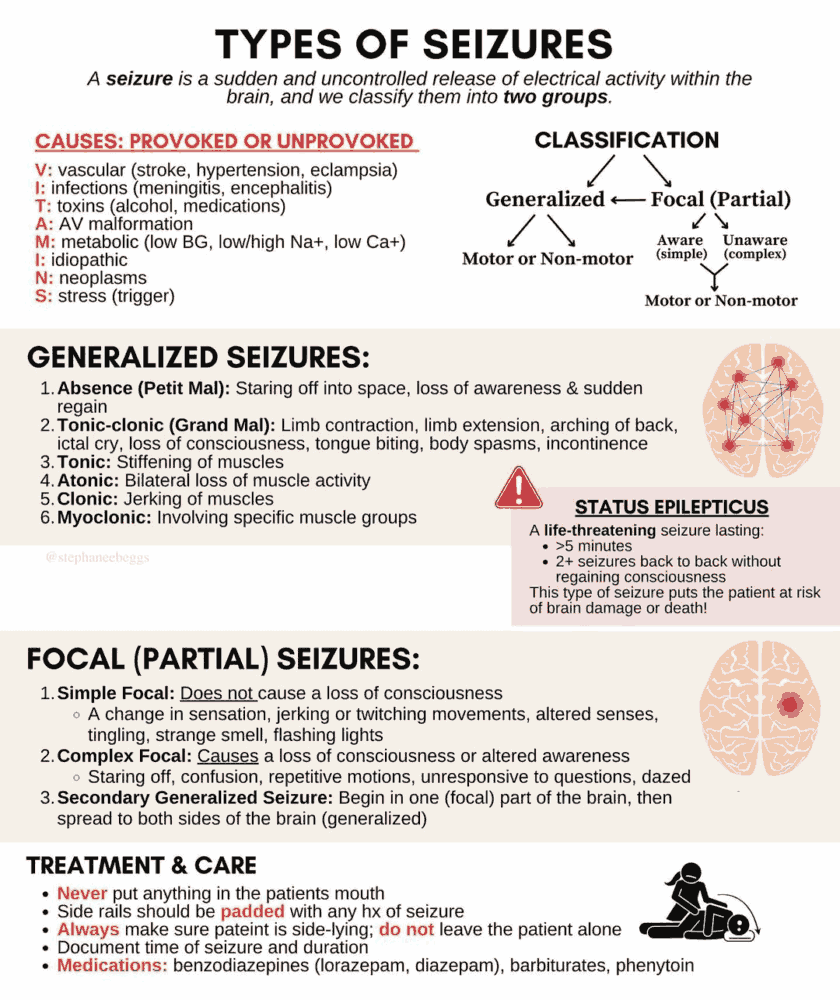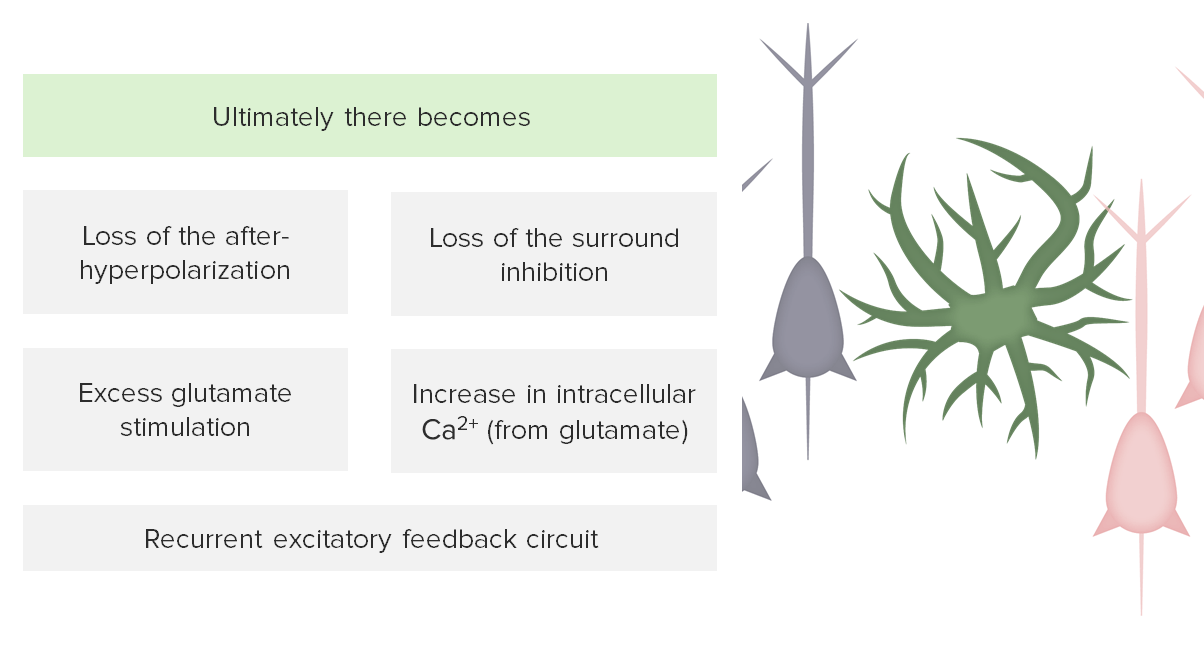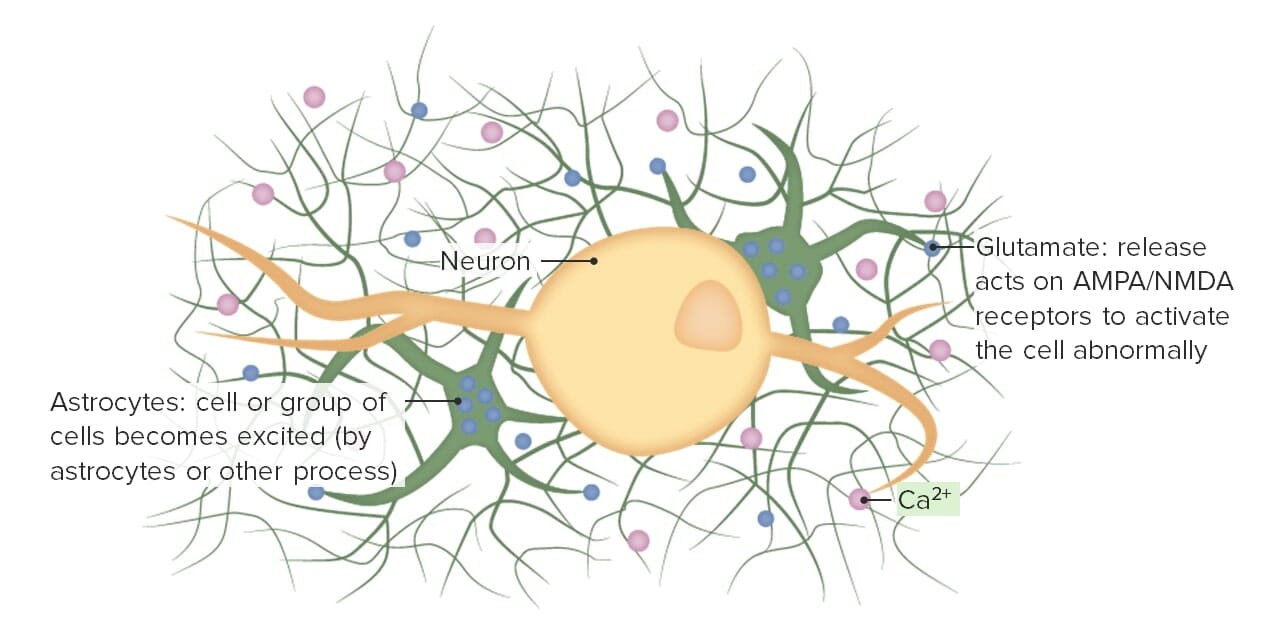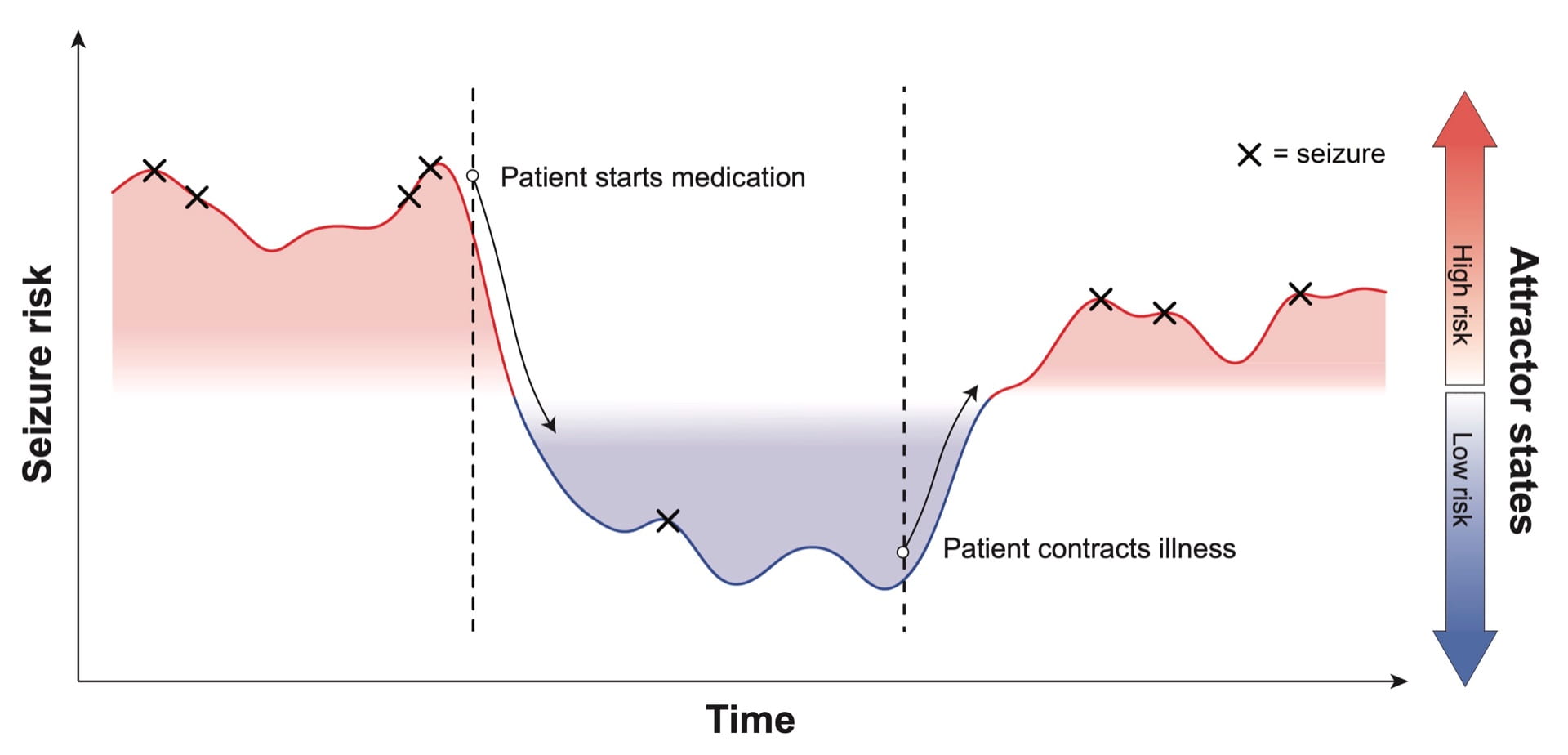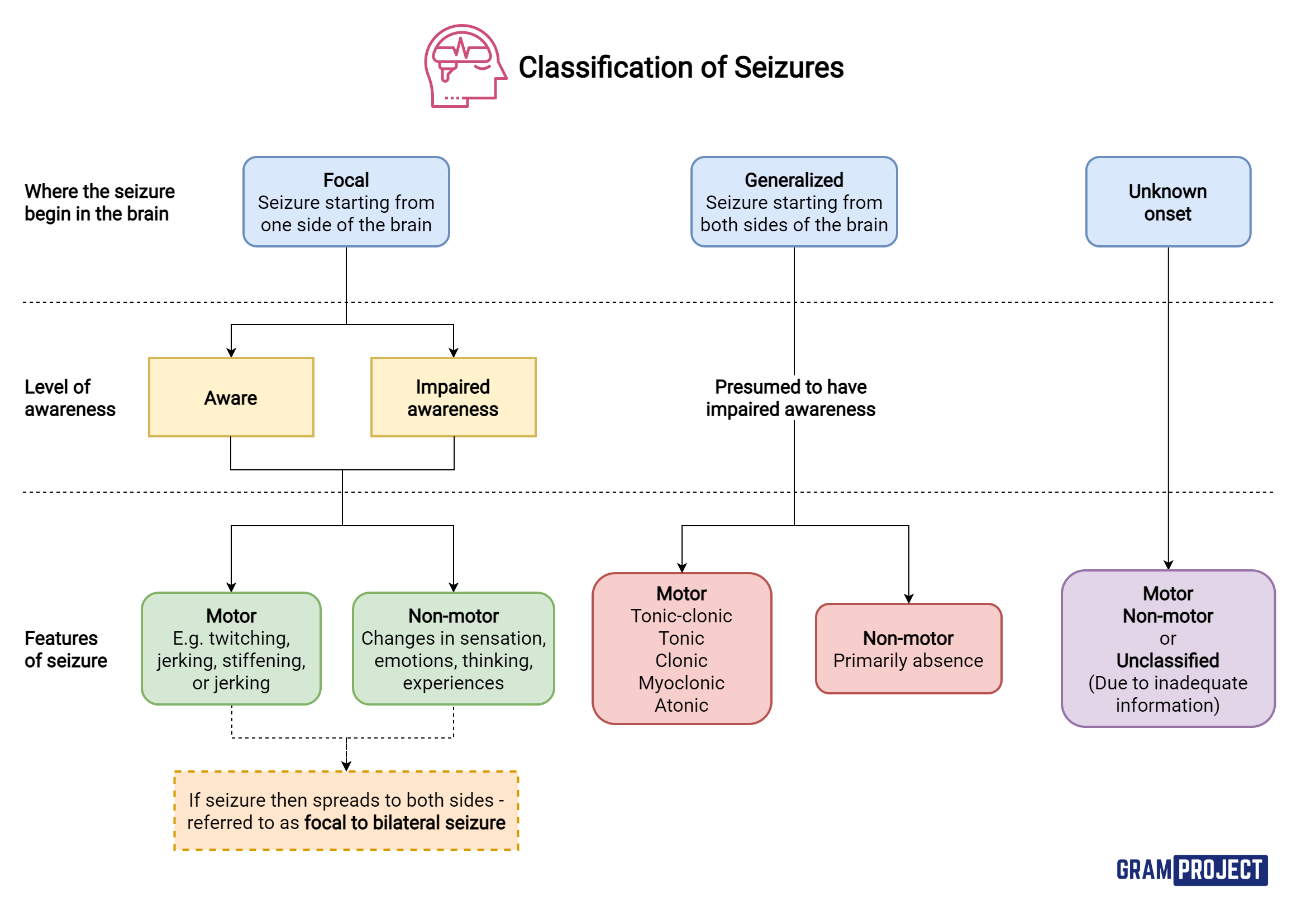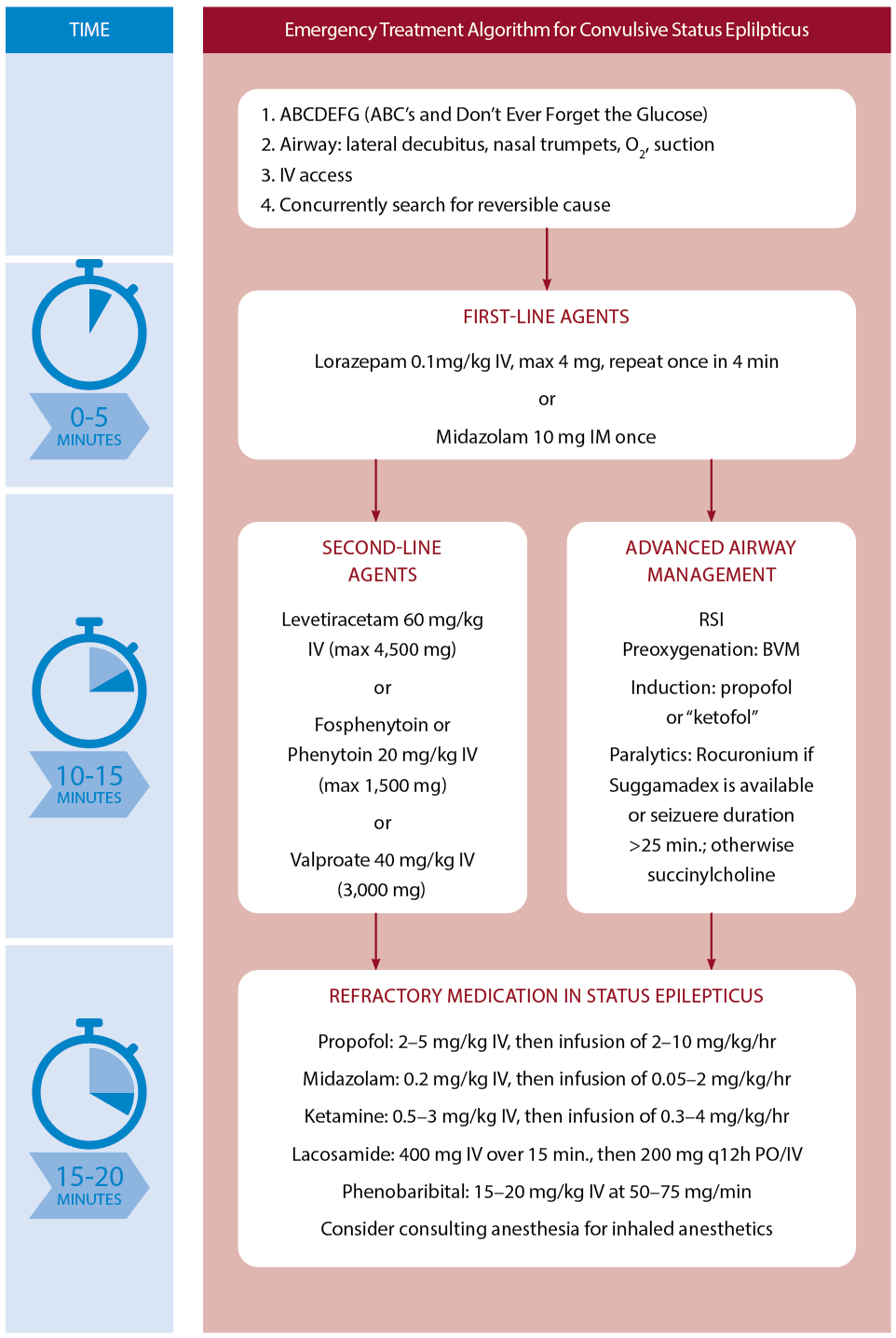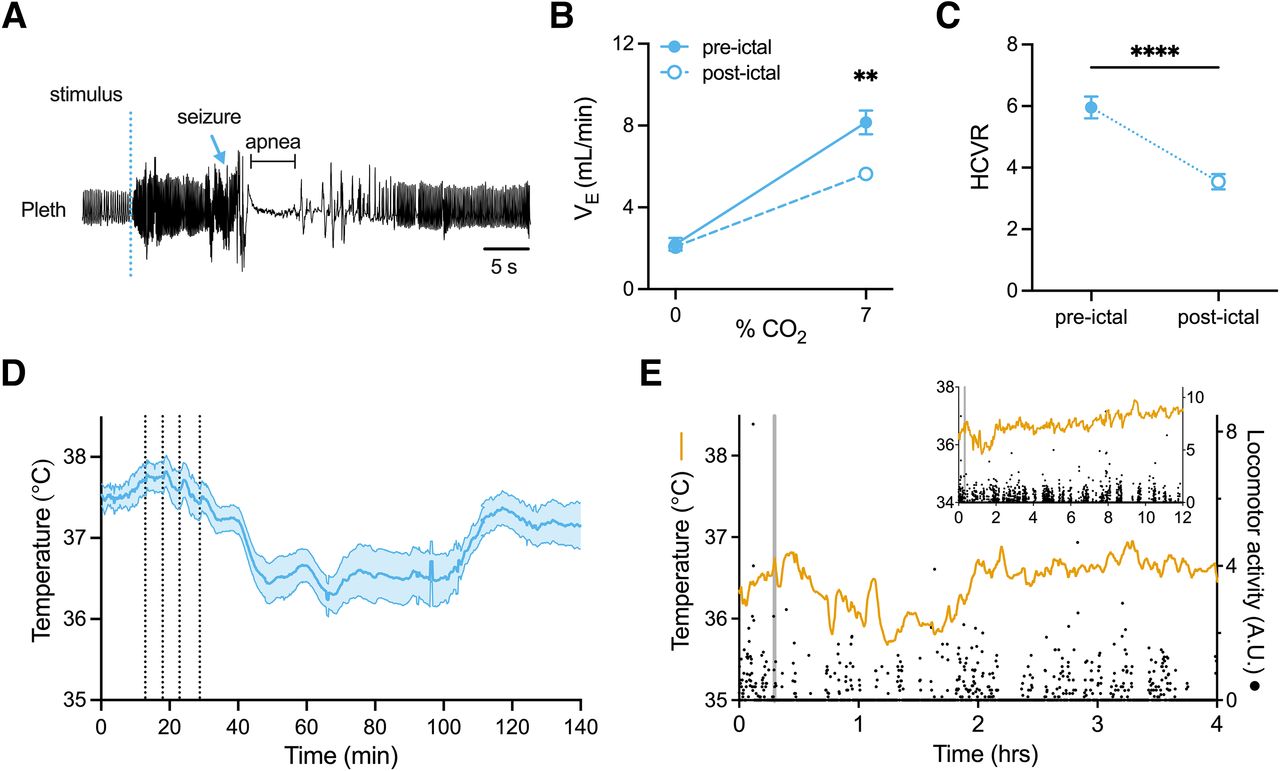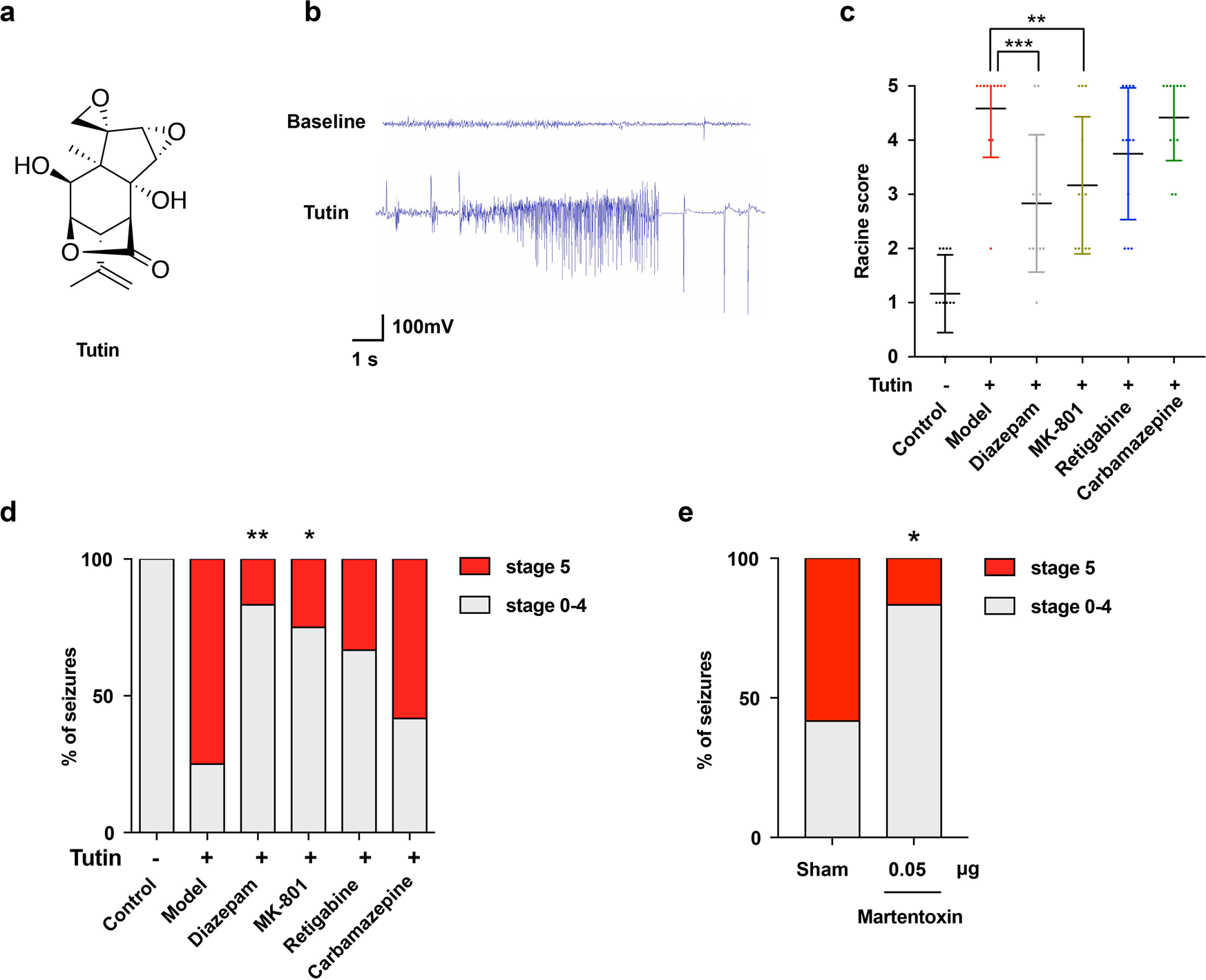
Key facts
- Seizures are due to sudden, temporary, abnormal electrical signals firing in the brain.
- Seizures lead to changes in behaviours, movement, level or awareness and feelings.
- Epilepsy occurs when you have recurrent seizures.
- For most people, medicines are effective in managing seizures.
- Febrile seizures is a fit (convulsion) caused by a sudden change in your child’s body temperature, and don’t usually cause long term problems.
What is a seizure?
Seizures are caused by sudden and uncoordinated changes to electrical signals in the brain. This can cause temporary (short-term) changes in behaviours, feelings, movements (such as sudden stiffening and jerking of the arms and legs), or a loss of awareness or changed awareness level.
When should I call an ambulance?
Call triple zero (000) if:
- a seizure continues for more than 5 minutes
- a second seizure quickly follows the first
- the person doesn’t respond for more than 5 minutes after a seizure stops
- the person has been injured
- the person is swimming or in water at the time of the seizure
- the person has diabetes or is pregnant
- you know, or think it is the person’s first seizure
How can I help someone having a seizure?
If someone near you has a seizure, there are things you should and shouldn’t do:
- Stay with them during the seizure, until it is over.
- Roll them on their side in the recovery position during the seizure if they have fluid or vomit in their mouth.
- Put something soft under their head and shoulders.
- Remove any sharp or unstable objects from the area.
- Don’t try to hold the person down, or stop the jerking — just try to stop them from injuring themselves.
- Don’t move the person unless they are in danger.
- Don’t put anything in their mouth.
- Notice how long the seizure lasts and watch their breathing, so you can tell the person’s doctor or emergency responder.
After the seizure is finished you should do the following:
- Talk to them calmly to reassure them, until they regain consciousness (are fully awake and aware of what’s going on).
- If they fall asleep after the seizure don’t wake them, but watch their breathing.
- Don’t let them eat or drink until the seizure has completely stopped.
What are the symptoms of a seizure?
Seizures can cause changes in movement, sensation, awareness, thought or behaviour, depending on which part of the brain the seizure affects. Some seizures involve only part of the brain, others involve the whole brain.
You may have an ‘aura’ also known as a focal aware seizure, which is the feeling at the start of a seizure before the main seizure happens. An aura may involve odd smells, feelings of deja vu (where you feel you have been in the situation before), tingling, vision changes, or fear or joy. This aura is actually the first part of a seizure.
Seizure symptoms experienced depend on the type of seizure. A person may be alert during the seizure, and able to remember it afterwards, or may not remember it at all.
Symptoms of seizures include:
- change of consciousness (awareness) during the seizure, or between seizures
- becoming unresponsive
- staring into space
- becoming vague, disorientated or confused
- numbness or tingling sensations
- hallucinations (seeing, hearing or feeling things that are not there)
- problems with thinking
Motor (movement) symptoms can include:
- stiffening movements (known as the ‘tonic’ phase) — this may cause a person to fall
- jerking movements (known as the ‘clonic’ phase)
- switching between stiffening and jerking (known as ‘tonic-clonic’)
- floppiness and loss of muscle tone (known as ‘atonic’) — this may also cause a person to fall
- tremor or shaking or strange postures
- sudden nod of the head
- repetitive movements, such as lip smacking or chewing
Other symptoms include:
- excess saliva coming from mouth
- increased heart rate
- eye blinking or eyes rolling upwards
Most seizures last for less than 2 or 3 minutes and will stop on their own, without any treatment.
Febrile seizures in children may last much longer.
What happens after a seizure?
After a seizure has ended, there is a recovery phase (known as the ‘post-ictal’ phase) before you return to your normal state. During this phase you may be confused, tired, sore or thirsty. You may feel weak, sick or anxious, be injured, have lost control of your bladder or bowel, or have a headache.
You may or may not remember the seizure. It may take hours or days to get back to normal.
What types of seizures are there?
The type of seizure you have depends on which part of the brain the seizure starts in, if you are aware during the seizure or not, and is a change to your movement.
Seizures are classified into 3 major groups:
Focal onset
Focal onset seizures start in one small area of the brain (known as the ‘focus’) and may spread to other brain areas. They used to be known as partial seizures. You may be fully aware of what’s happening (‘focal aware’) or your awareness may be affected (‘focal impaired awareness’).
Generalised onset
Generalised onset seizures affect both sides of the brain from the start. This may cause you to lose consciousness (‘black out’). The seizures may be:
- generalised motor seizures — you may make stiffening and jerking movements, known as tonic-clonic seizures (previously called ‘grand mal’), or have other muscle effects
- generalised non-motor seizures — you have changes in awareness, may stare or have repeated movements like lip-smacking or pulling at clothes
Unknown onset
Unknown onset seizures are those that haven’t been diagnosed as either focal or generalised in onset because it’s not clear where the seizure started in the brain. This may be because you were asleep or alone when the seizure started.
What is a febrile seizure?
Febrile seizures (also known as febrile convulsions) are seizures in children brought on by the change in body temperature that happens with a fever. Around 1 in 30 children will have a febrile seizure because of a fever, and most children will only ever have one. They usually happen between 6 months and 6 years old.
Even though it can be scary to watch, your child will usually not have any long-term effects from having a febrile seizure. Giving your child medicines to reduce their temperature will not prevent a febrile seizure, but can make them more comfortable when they are sick.
If the seizure was less than 5 minutes long and your child was very unwell before the seizure see a doctor immediately — go to your nearest hospital emergency department if you can’t see your GP or paediatrician straight away.
If it is not their first seizure and it lasted less than 5 minutes then see your doctor as soon as you can.
Febrile seizures in children may last for a few minutes or even go on for an hour, with the child usually losing consciousness (‘blacking out’). Febrile seizures are not usually harmful for the child in the long term.
What causes seizures?
Seizures can be caused by:
- epilepsy
- head injury
- brain infection
- stroke or brain bleeds
- birth defects, birth trauma and genetic factors
- some prescription medicines
- brain tumours and other medical conditions affecting the brain
For some people who have epileptic seizures, there will be some things that are likely to trigger a seizure. Common seizure triggers include:
- recreational drugs, alcohol, caffeine and energy drinks
- dehydration or not eating for a long time
- hormone level changes in females
- flashing lights
- lack of sleep
- extreme stress
- being sick, even without a fever
Be sure to always take medicines for seizures exactly as your doctor prescribes. Don’t skip a dose, or stop taking a medicine without first checking with your doctor. If your doctor is not available, check with a pharmacist. To find a pharmacist near you that’s open now, use the healthdirect Service Finder tool.
How are seizures treated?
Medicines are the usual treatment for epilepsy, however there are other options that your doctor may recommend.
Medicines
If your doctor diagnoses epilepsy, they will usually prescribe you medicines to control your seizures. These medicines are called antiepileptic drugs, and around 2 in every 3 people with epilepsy will be able to manage their seizures with medicines.
Make sure you follow your doctor’s instructions and let them know if you have any side effects from the medicines. Do not stop taking the medicines suddenly, as this may itself cause seizures. If one medicine doesn’t work for you, your doctor may add another one or change medicines. There are many medicines you can try with your doctor guiding you until you find the best one for you.
To search medicines by active ingredient or brand name, use the healthdirect Medicines search feature.
Ketogenic diet
Some adults and children whose seizures do not respond to medicines can try a special diet called the ketogenic diet to help with some types of seizures. The ketogenic diet includes high fat and low carbohydrate foods. Your doctor or specialist will be able to advise you on if this is an option for you or your child.
Surgery
Sometimes surgery can remove a small piece of brain tissue in the area that the seizures start from. This may be an option if your seizures don’t get better with other treatments, and if your seizures always happen in the same area in of the brain. You will usually still need to continue taking medicines after the surgery.
Vagus nerve stimulation
Vagus nerve stimulation involves putting a small device in to the chest wall (similar to a pacemaker). The device sends out electrical signals to the brain through the vagus nerve. This can reduce the number and severity of seizures. Your doctor might recommend this if your seizures don’t respond to medicines and can’t be treated with surgery.
Seizures and safety
By law, if you have had a seizure you must not drive until your doctor tells you it is safe. If you have epilepsy, you should have regular reviews with your GP or specialist. They will notify the authorities and make a recommendation on if they think you are fit to drive, but the final decision about your licence is made by the driving licence authority.
Some people with epilepsy, wear special medical identification jewellery such as a wrist band that tells people that you have epilepsy so that you can get the right help in an emergency.
There are special smartwatches, monitors and apps for regular smart watches that can detect the movements that happens with a seizure and send alerts to family members or carers.
If you or your child have had a seizure, you should be careful when swimming, driving or bathing. Visit Epilepsy Australia’s fact sheet on living with epilepsy.
Can seizures be prevented?
If you have been diagnosed with epilepsy, you the best way to prevent having seizures is by following your doctor’s advice and taking your medicines as prescribed. Don’t skip doses, or stop taking your medicine without first checking with your doctor. Ask your doctor for advice on how to avoid triggers.
While not all seizures can be prevented, keeping yourself as safe as possible is important. You may get a warning sign, known as an ‘aura’ such as a change in body temperature, vision problems or a strange taste in your mouth for example. If this happens to you, try to get to a safe place or position, and alert someone if possible.
Sometimes, you can tell if someone you know is about to have a seizure. They may look different, their pupils may change size or they may act out of character. If you are able to notice when for someone you know is going to have a seizure, try to guide the person to a safe location.
